More than a hundred years have passed since the invention of the first V-belt, and the company behind the idea, Gates, is still one of the most important manufacturers and suppliers of these industrial products, which are not only important for the automotive industry, but for a wide range of engineering sectors.
While some V-belts look similar to their ancient predecessors, virtually every aspect of them has changed over the past century. From the manufacturing process itself, to the materials used, to the huge increase in belt variations available. What are the basic types of V-belts and what purposes do they serve?
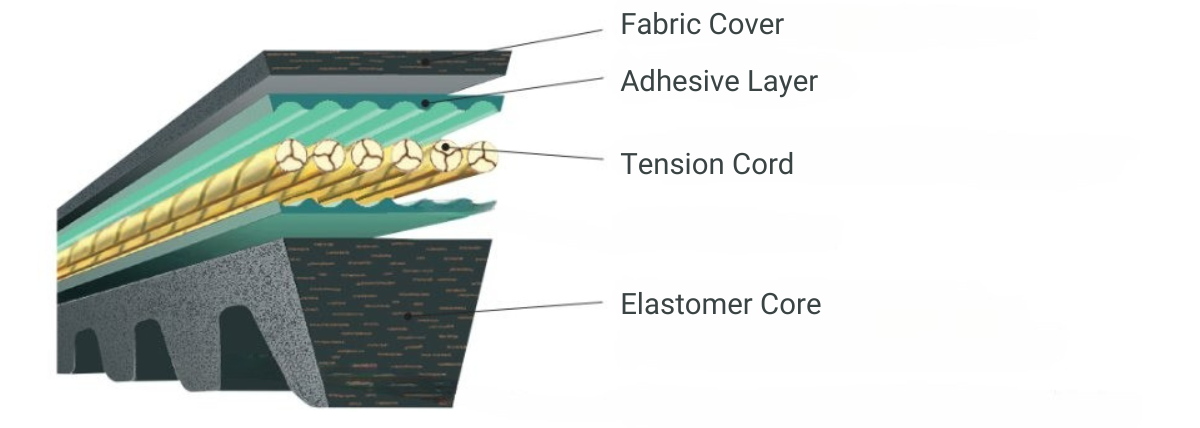
Classic V-belts are characterized by a trapezoidal cross-section and have the form of a closed endless belt. Thanks to their V-shape, they can provide a high frictional force, better maintain contact with the pulley and minimize slippage during force transmission.
The main advantages include low initial costs, simple serviceability, easy replacement of damaged belts, the possibility of high ratios between transmitted forces and the ability to transmit a large range of speeds. The disadvantages are lower transmitted forces and lower efficiency.
V-belts consist in the majority of cases of a tensile fibre, a rubber body and a textile cover. We offer V-belts from a wide range of proven manufacturers – Dunlop, Medway, Optibelt, PIX, Rubena, SKF and many more.

For special cases where classic V-belts are not sufficient and for more demanding applications, banded V-belts are used. In this case, there are multiple V-belts that have the same length and profile and are connected by a top fabric cover.
Banded V-belts can handle higher loads and can be used to achieve, for example, quieter running or reduced overall vibration. Banded V-belts then have better lateral stiffness and such belts often have better resistance to mechanical damage.
We offer banded V-belts from a wide range of proven manufacturers such as Dunlop, Medway, Optibelt, Rubena and many more.
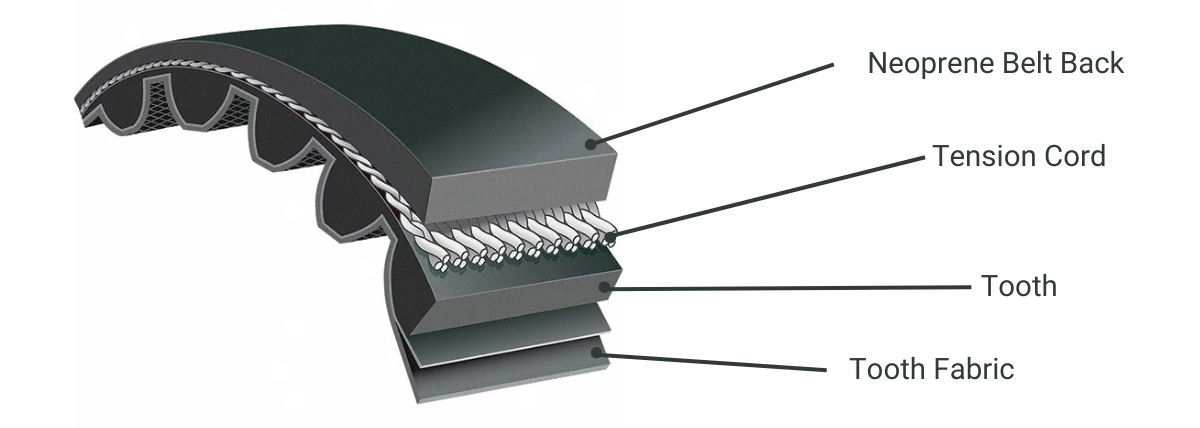
These are flat belts that are either on the inside or on both sides, fitted with teeth and reinforced with fibre. The fibre is twisted into a helix, which ensures the high strength of the belt. The toothed belts can thus be used in high-performance units.
These belts belong to drives whose speed is transmitted synchronously, i.e. without loss of speed and with a constant gear ratio. Unlike conventional V-belts, toothed belts eliminate the risk of slippage.
Compared to drives using chains, they also significantly reduce noise, are maintenance-free, lightweight and oil-resistant. The belt teeth are designed to fit perfectly into the pulleys to reduce friction.
The belt body including the toothing is made of neoprene (polychloroprene) or polyurethane compound. Neoprene belts usually contain glass fibre, while polyurethane belts are usually reinforced with steel fibres.
We offer multiple toothed belts from a wide range of proven manufacturers such as Dunlop, Optibelt, PIX and many more.
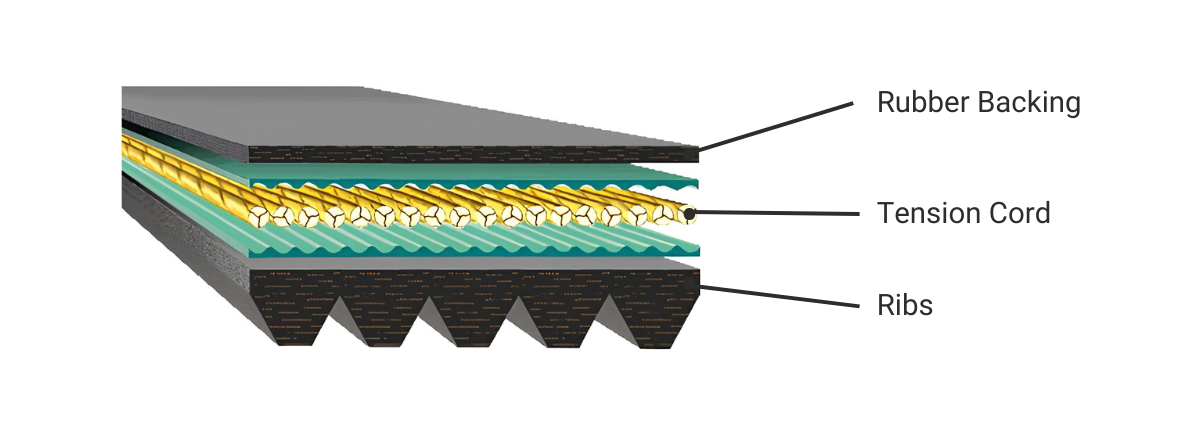
Ribbed belts are also known as groove belts and you may also come across Poly V or Micro V-belts. These are flat belts fitted with longitudinal V-ribs on one side.
This type of belt combines the flexibility of flat belts with the high performance of V-belts. Their design allows them to be used at higher circumferential speeds and they are also suitable for smaller pulley diameters, large gear ratios and multi-cluster transmissions. V-belts have constant tension across their entire width.
The durable rubber compounds used to make these belts ensure smooth and quiet running systems, heat resistance, long life and resistance to oil. Rear tensioning pulleys can also be used on these belts. For fixed axial distances, the elastic design of the ribbed belts can be used.
Ribbed belts, like toothed belts, are manufactured in sleeves from which individual belts with the required number of ribs are then cut on a special cutting machine. Belts are also available cut directly from the factory, marked with the exact profile, length and number of ribs. In order to correctly identify a ribbed belt, it is necessary to know the information directly on the belt, or the length of the belt and the spacing of the ribs (or the width of the belt and the number of ribs).
Ribbed belts consist of three layers - the top side of the belt is usually made of a wear-resistant polychloroprene rubber compound. The core is the tensile cord, which is a low-flexibility polyester tensile cord encased in an adhesive rubber compound. The underside of the strap is fitted with wedge-shaped ribs made from a wear-resistant rubber compound.
We offer multiple groove belts from a wide range of proven manufacturers such as Optibelt, PIX, Binlong and more.
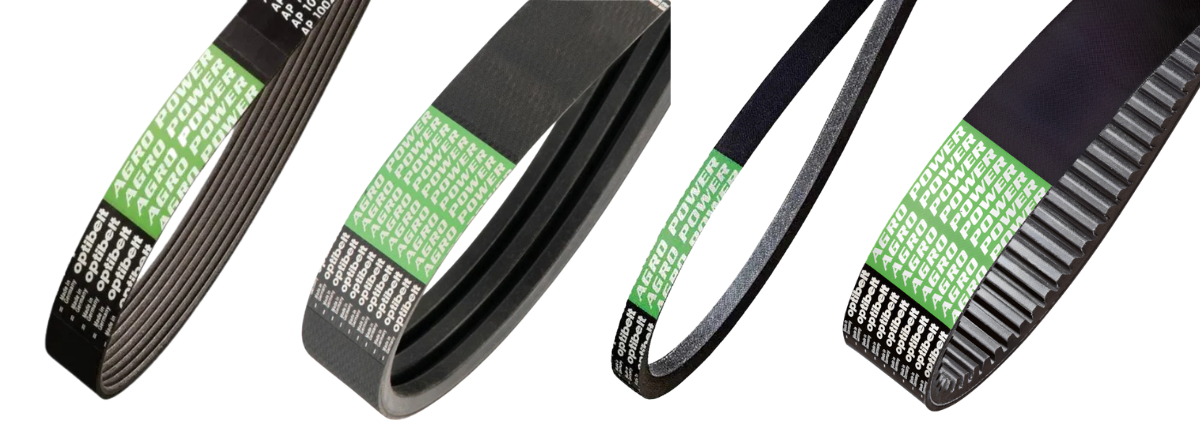
These belts can be classified as a separate group of drive elements. These include in particular variator belts, V-belts and banded V-belts. Agricultural machines and their belts are more often exposed to temperature fluctuations, dust, mud, shock loads and other influences.
It is precisely because of these special conditions that arise when using agricultural belts that these products have different properties compared to conventional belts. They may be reinforced with stronger fibres, more durable materials may be used for their surfaces, or they may be made of special materials.
Agricultural belts can also have unusual dimensions. These belts are not marked according to a common pattern, e.g. A13-1320 Li, but have their own special marking with the OEM code. In case you do not know this code, it is necessary to describe which machine the belt belongs to, its exact location in the machine, the belt profile measurement and, if necessary, its length.
In our range you will find a wide selection of high quality agricultural belts from quality manufacturer Optibelt suitable for AGCO, CASE, CLAAS, FORTSCHRITT and JOHN DEERE machines.
Do you need help?
If you need help choosing the right belt for a specific application or can't find it in our range? Do not hesitate to contact us and we will help you with the selection and delivery.
.svg)
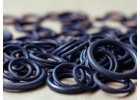
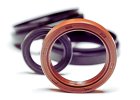
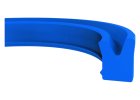
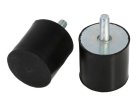
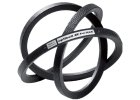
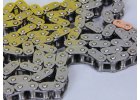
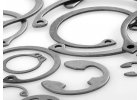
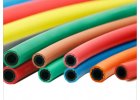
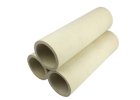

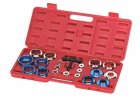
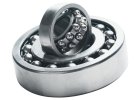
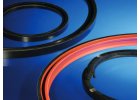
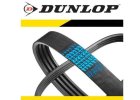


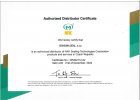
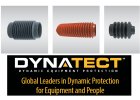

 Shoptet
Shoptet